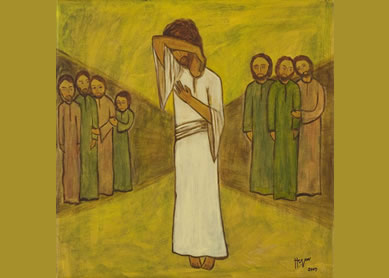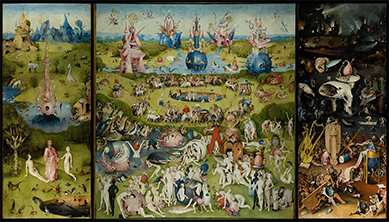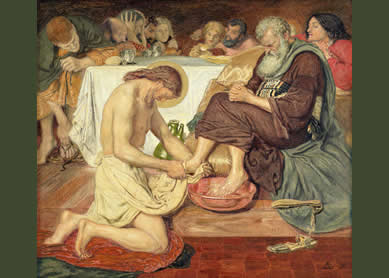Was Lazarus Jesus’ friend? Jesus’ love for Lazarus is a familiar human sentiment. When he learns that Lazarus is ill, Jesus stays in Bethany two extra days out of affection for him. Yet he then leaves for Jerusalem, though he knows that Lazarus will die, because Lazarus’s death and resurrection will enhance God’s glory. When he becomes aware of Lazarus’s death, Jesus is deeply troubled, as any friend would be, to the point of weeping; yet he soon brings him back to life. The Church Fathers and scholars since have wondered whether Jesus experienced genuine grief or a simulation of it—or perhaps both, since he was human and divine. Leaving these questions to the theologians, we may ask how Jesus’ feelings for Lazarus reflected attitudes toward friendship in Jesus’ own time.
In classical Greek, the noun philia is the broadest term for “love” (but not in the erotic sense), and when the affection is mutual between two people (most often males) it is regularly translated as “friendship.” Friendship was hugely important in classical society: Aristotle devoted fully one-fifth of his treatise on ethics to philia. Yet the word is found only once in the New Testament, at
Now, when Jesus says to the disciples, “our friend Lazarus is asleep,” he indeed uses the word philos. Later, when the Jews see Jesus weeping, they say that he really loved Lazarus, employing the related verb philein. Only here in the New Testament is Jesus said to cry (dakruein); Martha and the sympathetic Jews are said rather to bewail (klaiein) Lazarus’ death. Jesus’ affection for Martha, Mary, and Lazarus, on the contrary, is expressed rather by the verb agapan, “cherish,” corresponding to the noun agapê, which appears first in Christian texts (both noun and verb occur over 100 times in the New Testament).
When the disciples misunderstand Jesus’ euphemistic statement that Lazarus is asleep, Jesus declares more plainly that he is dead. The word for “plainly” is parrhêsia, which means “frankness” or “candor,” a quality that was regarded as a sign of true friendship as opposed to flattery or dissimulation. This may be a further indication that John, or John’s source, was thinking in terms of classical friendship here.
Were Jesus and Lazarus, then, friends in the classical sense, like those famous pairs, Orestes and Pylades or Theseus and Pirithous, in Greek mythology? Should we, moreover, include Mary and Martha in Jesus’ circle of friends, although he speaks only of Lazarus as “our philos”? Is Jesus’ love for Lazarus special, going beyond the solidarity of the group of “friends”? Good questions, all.
Bibliography
- Konstan, David. Friendship in the Classical World. Cambridge: Cambridge University Press, 1997.
- Fitzgerald, John T., ed. Friendship, Flattery, and Frankness of Speech: Studies on Friendship in the New Testament World. Leiden: E. J. Brill, 1996.
- Voorwinde, Stephen. Jesus’ Emotions in the Fourth Gospel. London: T&T Clark, 2005.





